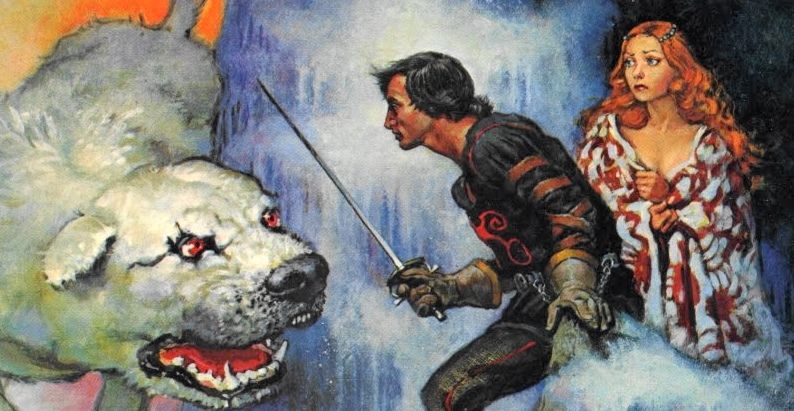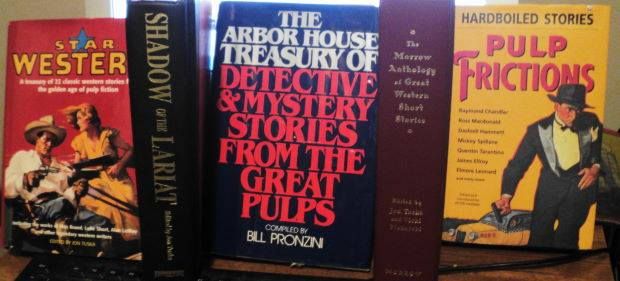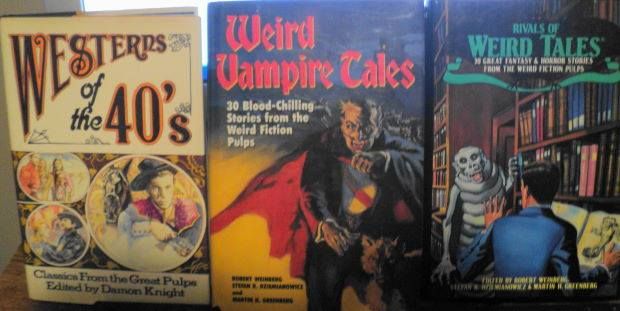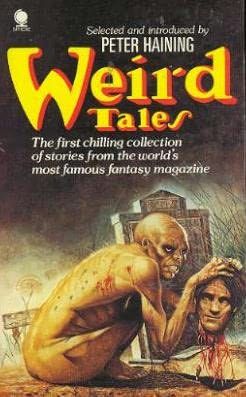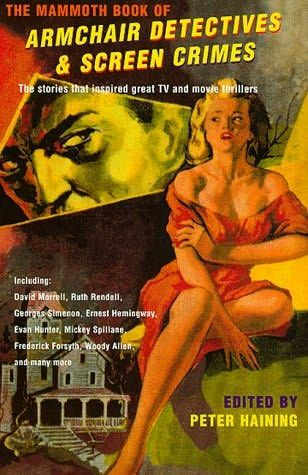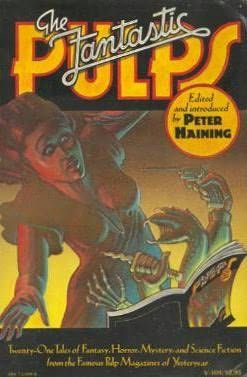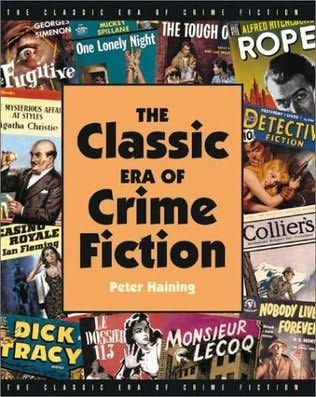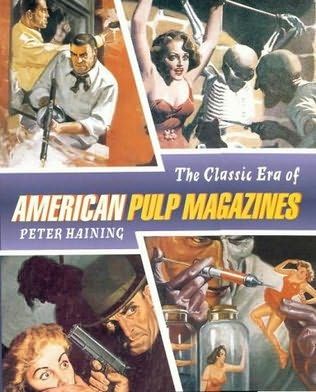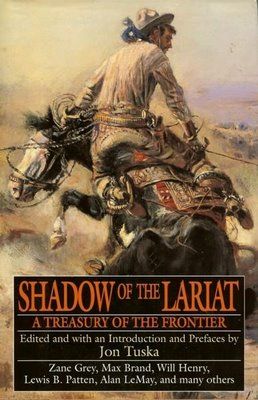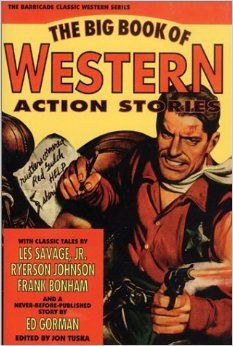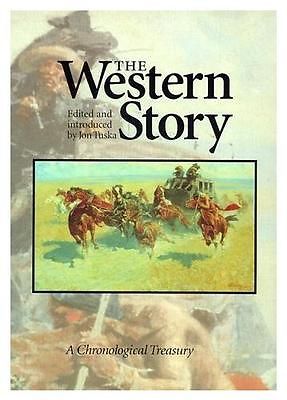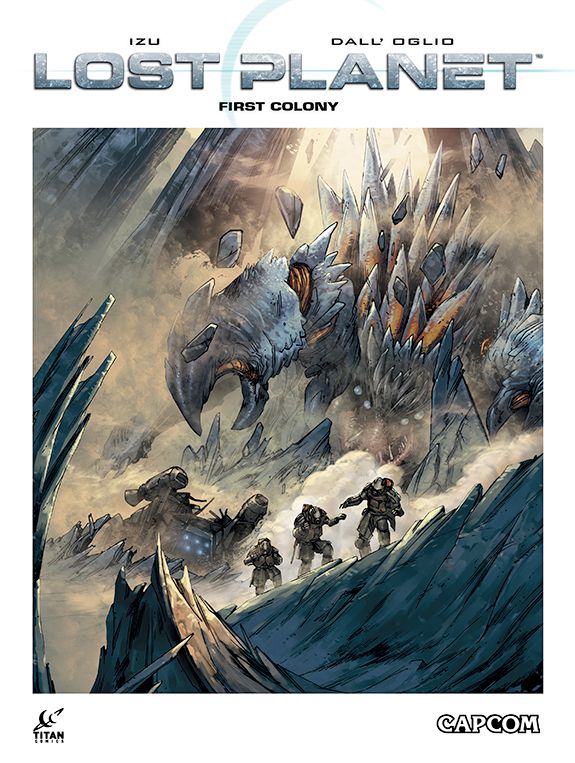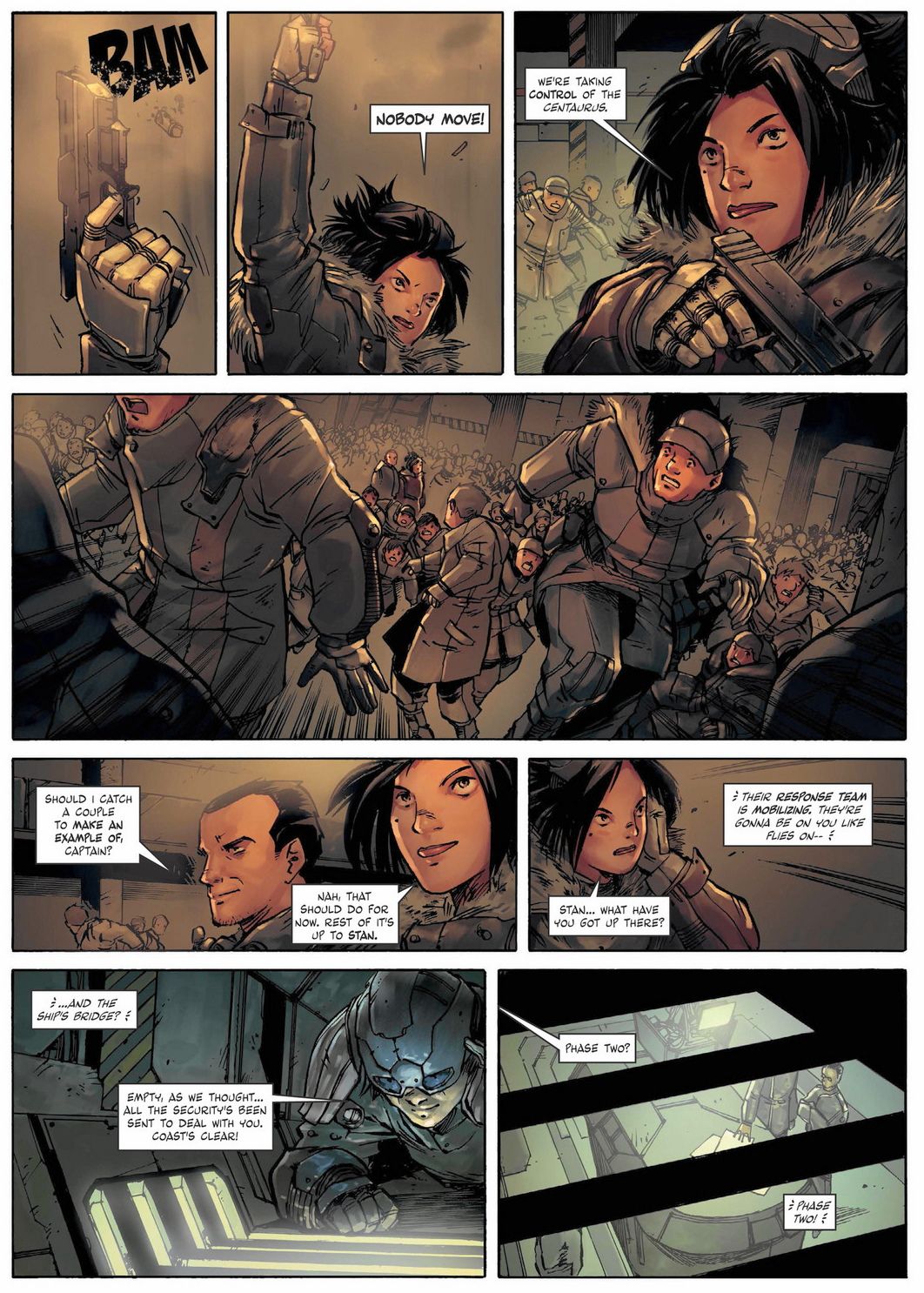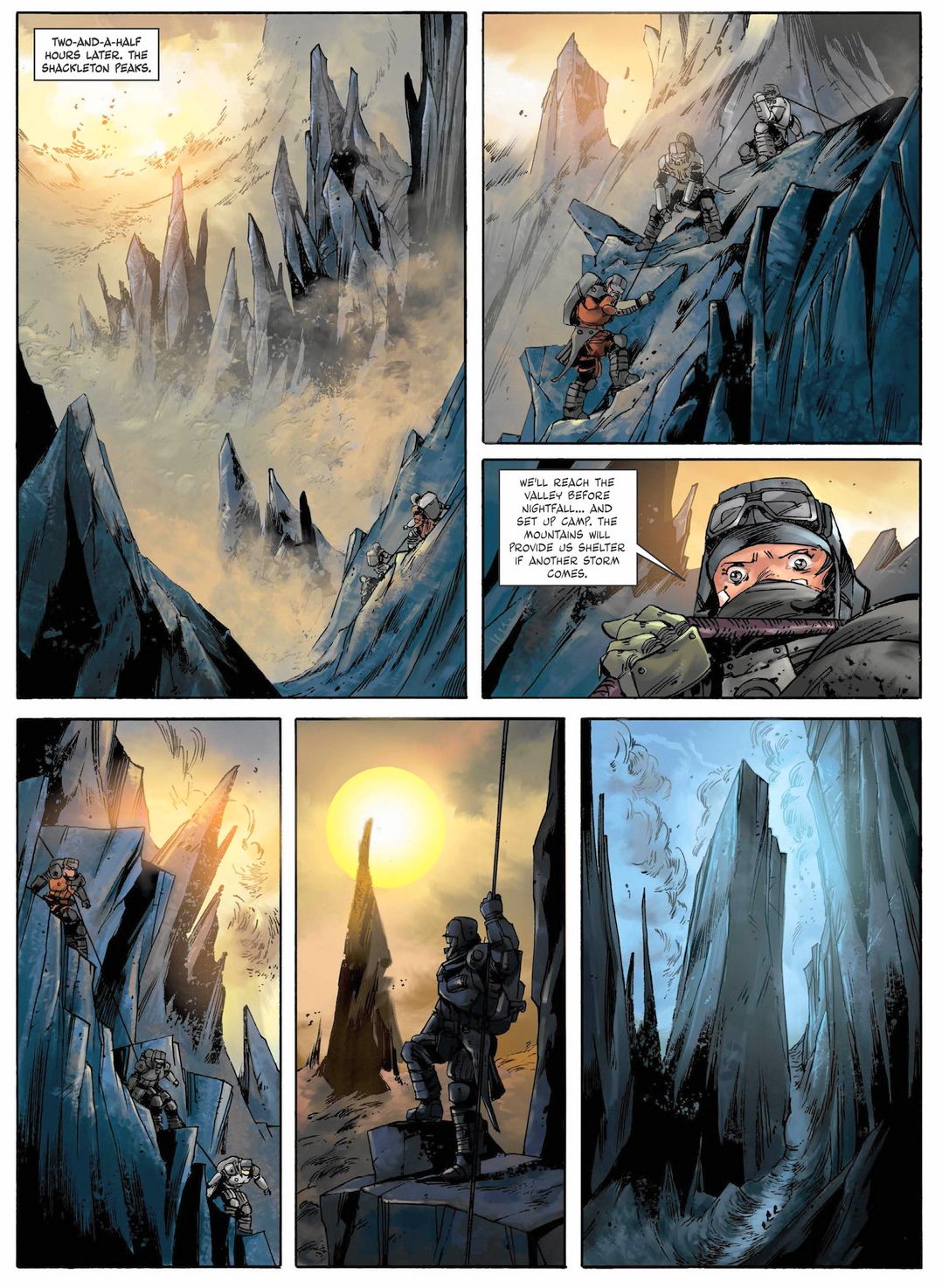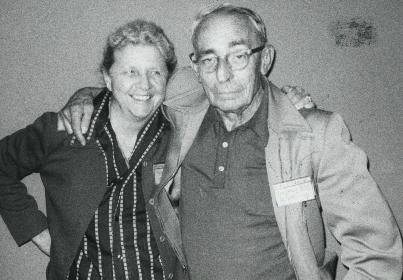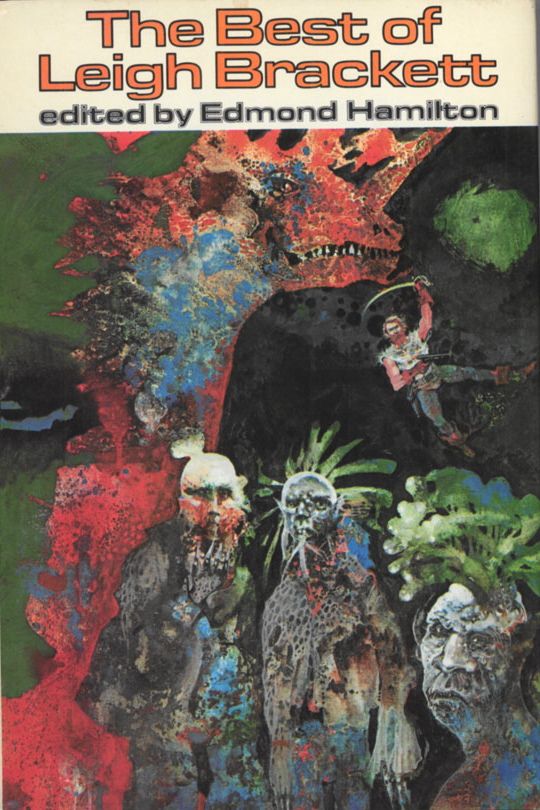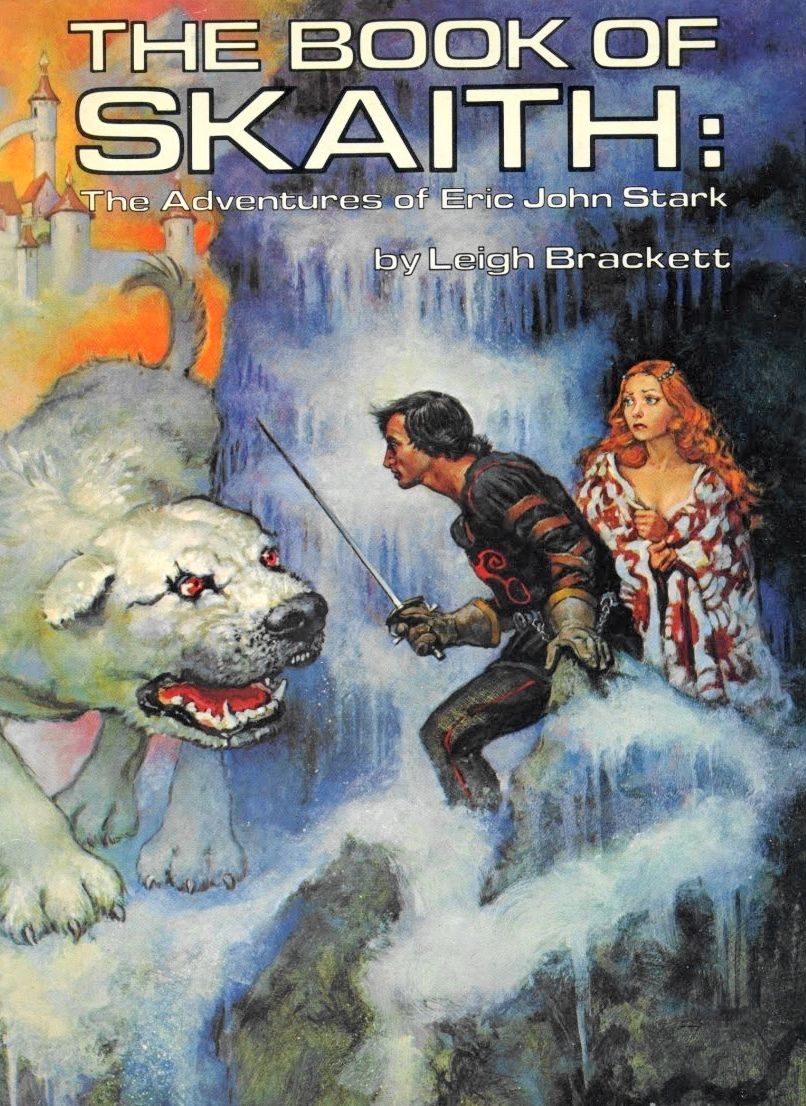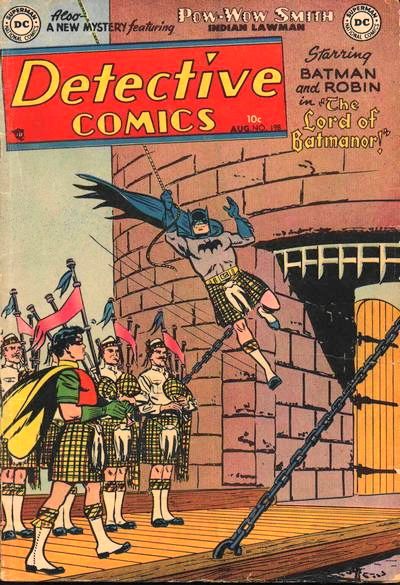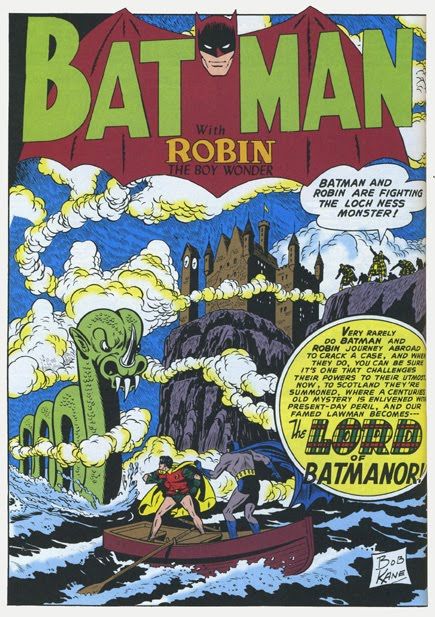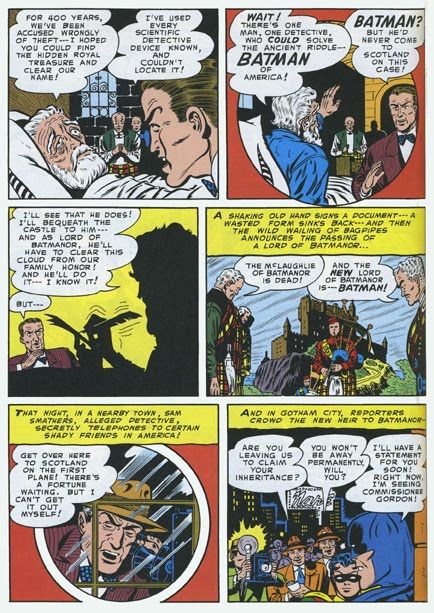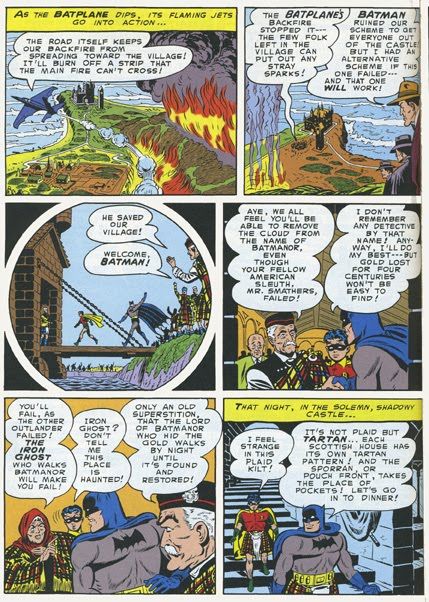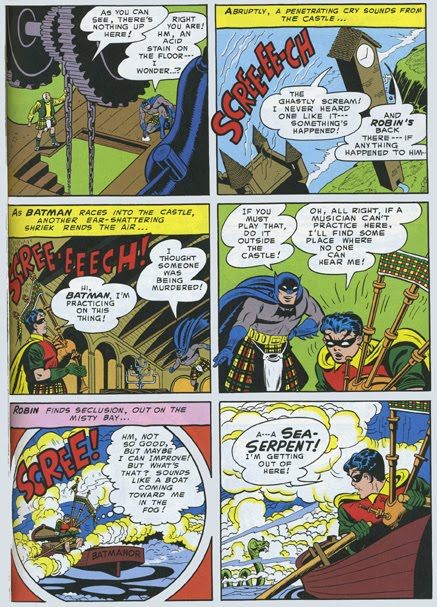We have this annual holiday ritual in our household.
Because we are employed by organizations that work with juveniles-- I teach in public school, Julie's a counselor at a youth rehab-- my wife and I are constantly being exposed to whatever illnesses our teenaged petri dishes are carrying around. I sometimes think it'd be healthier working as a busboy in a leper colony. Or captaining a plague ship. Or... oh, hell, you can think of another example yourself, because I have to go blow my nose again. Enjoy this vintage Clifford Berryman flu illustration from 1918 for a minute.
...back. Anyway, despite our vigilance on health matters and our employer-subsidized flu shots and so on, about three times a year one or both of us gets hammered with whatever horrible illness is laying waste to the school district, and invariably one of those times is over the holidays. So we're both spending this week huddled under a quilt, coughing and sniffling and eating chicken soup.
All this is by way of saying that it's probably going to be a short column this week. Just the last of the capsule reviews from the current pile and a couple of other short items I wanted to talk about briefly that didn't rate a full column of their own.
*
Pulps, books, 'n editors: I've occasionally mentioned what a bonanza the last few years have been for fans of pulp fiction, and I've talked about the wonderful reprint series from outfits like Adventure House and Sanctum Press and so on.
But you may not be aware of how many equally wonderful hardcover anthologies from the pulps there are out there, that can be had for literally just pennies. There was a flurry of these books that came out in the 1990s that got remaindered, and now are currently populating discount tables and dollar bins at a used-book emporium near you. On a whim the other day, I did a search on 'pulp fiction hardcover' on Amazon, sorted by price from low to high. And it was quite the bonanza.
I found a whole bunch of them on sale for one cent, plus shipping. Order from the same seller and combine shipping as often as you can, and you end up with a cartload of cool books very quickly for less than ten bucks.
And, well, that's exactly what I did. I have no business doing that, the to-read pile by the nightstand is already three feet high, but I am weak.
A great many of these books were edited by a man named Peter Haining. He was a British writer and journalist with a moderately impressive backlist of his own works... but where he shone was as an editor and anthologist. He had a knack for putting together really fun theme collections and he was careful not to repeat himself, the same stories didn't show up over and over again in different books. His specialty was horror and crime fiction, and he drew heavily from the old pulp magazines.
The stories are great fun, but what makes these books so terrific are the chatty introductions and appendices. Haining prefaces each story with a little bit of history about that particular author, often with a behind-the-scenes anecdote about the way the pulp magazine publishers did things back in the day, so the books work not just as fiction collections but also as little mini-histories of the genre. His book The Fantastic Pulps has been one of my very favorites since I spent my hard-earned lawn-mowing money on it back in 1975-- I must have given it away and replaced it three or four times now. He also did actual-- well, not histories, exactly, but coffee-table nonfiction scrapbook titles that were profusely illustrated and packed with all sorts of entertaining trivia.
The other anthology editor I've come to appreciate in the last couple of weeks is Jon Tuska, who's basically the Peter Haining of Western pulp collections.
Tuska has the same basic approach to his Western anthology books, a pleasantly conversational introduction to each story and lots of cool behind-the-scenes author info. Well worth it, especially if you can get the books in hardcover at a penny apiece. And I think you still can, at least for a little while longer.
*
Short Takes: I'm whittling down the pile of stuff I've been sent, slowly but surely. There was one more videogame comics album from Titan that I didn't get to last week and that's a shame, because it's actually the one I liked the best.
Lost Planet: First Colony is a prequel of sorts to the Capcom game Lost Planet 3, a game I know nothing about. So I can't really speak to how true it is to the Lost Planet mythology or anything like that. What I can tell you is that this is a pretty entertaining and well-crafted graphic novel.
Here's the blurb: The planet of E.D.N. III seemed ripe for colonization - its icy climes ready to be warmed and terraformed, its huge buried stockpiles of T-ENG - Thermal Energy - enough to stave off the death of Earth. That was, until the first settlers discovered the indigenous Akrid - ravenous creatures who proved resistant to every weapon the colonists could muster. That first terraforming effort ended in tragedy, with the colony - and its rich haul of terraforming equipment - hastily abandoned. Now the ragtag crew of the pirate vessel Crusader have set course for E.D.N. III, looking to pillage these tempting resources before NeoVenus Construction (NEVEC) can swoop in and reclaim their investment! But this wintry world jealously guards her secrets - secrets that may kill all of the Crusader's crew!
The story is by Izu and the art is by Massimo Dell'oglio and both are what I'd call baseline-good; not, you know, wildly innovative or anything, but entertaining with a couple of clever twists. (Part of my reaction is that I'm inclined to be sympathetic to people who are trying to do actual science fiction stories in comics, and I like that it gives us a tough female protagonist in the Crusader's captain without making a big deal out of it.)
The hardcover collects the two issues that premiered as digital comics on Comixology a couple of months ago, and priced at $9.99. I enjoyed it for what it was-- I'm ambivalent about the price which is a little high for what you get, but it is a nice hardcover. So I guess I'm saying moderately recommended. (The digital version is still available on Comixology, too, if that's how you roll.)
*
A Day That Doesn't Necessarily Have To Live In Infamy: On Pearl Harbor Day, December 7th, quite a few of the military folks on my various social media feeds were sad and a little grumpy that if the day was remembered at all, veterans were being kissed off with platitudes from politicians who spend the rest of their time actively trying to make those vets' lives worse, and I can't really blame the vets for being a little depressed about it.
But other things happened on that day too. In an effort to lighten things up a little, I'd point out that December 7th also gave us the wonderful Leigh Brackett, who would have been 98 this year.
She was a remarkable writer. Started in the pulps, then went on to screenwriting: THE BIG SLEEP, THE EMPIRE STRIKES BACK, THE LONG GOODBYE, and-- my favorite-- RIO BRAVO. She was called "the Queen of Space Opera" in her heyday, but her later SF was very thoughtful and her husband, the equally-awesome Edmond Hamilton, put together a great collection called The Best Of Leigh Brackett that's well worth having. (She got to put together The Best Of Edmond Hamilton in return, another book every SF fan ought to seek out.) I own both of them and they're great books. Recently I acquired an omnibus edition of her Eric Stark novels, The Book of Skaith, and that's a good one too.
But here is something I did not know about Leigh Brackett. She was a Batman writer. Briefly.
Her husband Edmond Hamilton did a lot of work for DC, and I dug a lot of his Weisinger-era Superman stuff, it really had that galaxy-spanning scope to it. His Batman work, on the other hand... well, it wasn't that great. So it's not terribly surprising that his wife helped him out a little. Leigh Brackett had much more of a background in detective fiction.
What is weird (and kind of hilarious) is that the only story she ever got credit on, the only one comics historians are sure that she worked on-- is one of the craziest things ever to appear in a Batman comic book. "Lord of Batmanor," from Detective #198.
It's completely nuts but also kind of awesome. A dying Scottish laird bequeaths his castle to Batman in the hope that the world's greatest detective can solve a mystery that's hung over the clan for centuries, and finally clear the family name.
But that's not the important part. The important part is that Batman and Robin are quick to adopt Scottish customs, including wearing kilts with the family tartan.
And taking up the bagpipes.
The story is reprinted in the hardcover collection The Batman Annuals, which is sadly out of print. I would love to have one of those myself but not for the insane collector prices it's going for now. Pity.
*
And that's it for this week. Have a happy holiday, everyone, whichever one you happen to celebrate this time of year, and me, I'll be back next week. Probably still smelling of lemon and mentholatum, but apparently that's how we do holidays around here. See you then.

